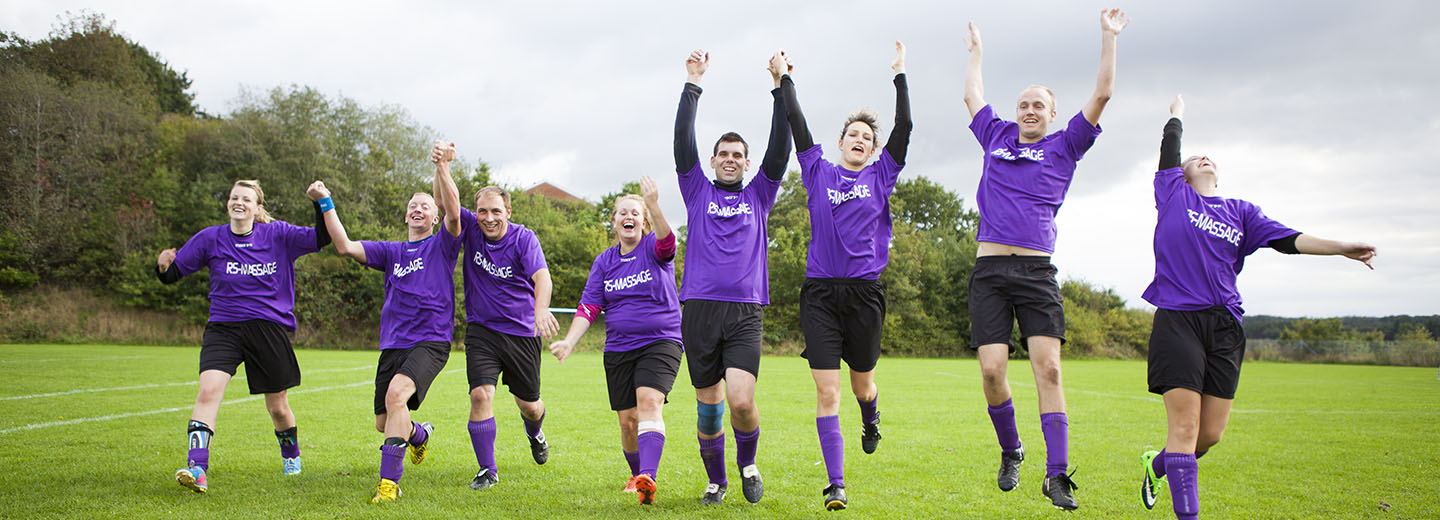
Involvement and commitment of members and volunteers in European sports clubs
A comparison of the affiliation, voluntary work, social integration and characteristics of members and volunteers in sports clubs across ten European countries
Jan-Willem van der Roest, Mulier Institute, the Netherlands
Harold van der Werff, Mulier Institute, the Netherlands
Karsten Elmose-Østerlund, University of Southern Denmark, Denmark
The third report in the project ‘Social Inclusion and Volunteering in Sports Clubs in Europe’ (SIVSCE) describes the affiliation, voluntary work, social integration, and characteristics of members and volunteers in European Sports clubs across the ten countries that are part of the project. The data for the report was gathered through an online survey targeted adult members and volunteers (16+ years) in 642 sports clubs (at least thirty clubs from each country).
Overall, the results show that a large part of the members of sports clubs participate in sports activities in the club, most of the members also take part in social gatherings, one third do voluntary work in the club, but the majority of the members do not participate in the formal and informal decision making in the club. Overall, the results show a large diversity between the countries regarding the affiliation and integration of the members in the sports clubs.
Affiliation
On average across the ten participating countries, almost three quarters of the respondents actually participate in sport in their club. The loyalty of sports club affiliates seems to be quite strong. On average, 60% of the respondents have been affiliated with their club for five years or more. Almost six out of ten do sport in their club at least two times a week.
Voluntary work
Over one third do voluntary work in the club on a regular basis, and half of the respondents are doing that on an ad hoc basis. The highest density of volunteers is found in Norway, where 50% report to do voluntary work on a regular basis. These figures are far lower in Denmark, where 27% report to be regular volunteers. Overall, volunteers in sports clubs in Europe are rather satisfied with the circumstances in which they operate. Even though volunteers in general seem quite satisfied, there are of course still members who do not participate in voluntary work in their clubs. About a quarter of these non-volunteers are simply not at all interested, and the same percentage think the activities are too time-consuming for them. On average, more than half of the respondents is doing or have performed voluntary work outside the club.
Social integration
Sports clubs are democratically organised, and, therefore, members are invited to participate in democratic decision making. In most countries, the attendance at the annual general meeting is lower than 50%. Only in Spain and Switzerland, more than half of the respondents indicate that they have attended the last annual general meeting. In the Nordic countries, the attendance is much lower, with Denmark and Norway only having 22% and 35% of the respondents respectively attending the last annual general meeting. Across the ten countries, a large group (ranging from 31% to 54%) never tries to influence decision making in their respective clubs.
A big minority (38%) of members and volunteers in sports clubs only participate in the social gatherings within their respective clubs once a year at most. Participation is highest in Spain and Poland, while the Scandinavian countries have a relative high share of members and volunteers, who never participate or only participate once a year or less.
One aspect of social integration is the participation of members and volunteers, another is their emotional commitment with the club and with other people from the club. In connection to the latter, the results show that almost nine out of ten respondents report to have made new friends through their participation in the club. Something that is most common in English sports clubs and least common in Danish sports clubs. Almost two out of three respondents state that they socialize with people they did not know before joining their respective clubs outside of the club.
The vast majority of respondents are proud to say that they belong to their respective clubs, and for almost six out of ten respondents (59%), the club is one of the most important social groups they belong to. Spain and Poland represent the highest percentages of agreement, whereas Denmark and the Netherlands report significantly lower values.
Characteristics of members and volunteers
In all ten countries, men are overrepresented in sports clubs. The most equal gender distribution is found in Denmark. More than half of the respondents are between 16 and 45 years old, while 10% are older than 65 years of age. In Poland, sports clubs mainly seem to appeal to young people. Conversely, in Denmark close to one fourth are above 65 years of age.
On average, nine of ten of the respondents report not to have any form of disability, and a very large majority of the respondents were born in the European country in which they now live (this is consistent across all countries). When it comes to practicing sport in a group consisting of people with the same or different ethnic and/or cultural backgrounds, a little more than one fifth of all respondents practice sport in a group consisting of people from the same minority group only.
Photo: Brian Nonbo/Dansk Firmaidrætsforbund
Involvement and commitment of members and volunteers in European sports clubs
Jan-Willem van der Roest, Harold van der Werff and Karsten Elmose-Østerlund